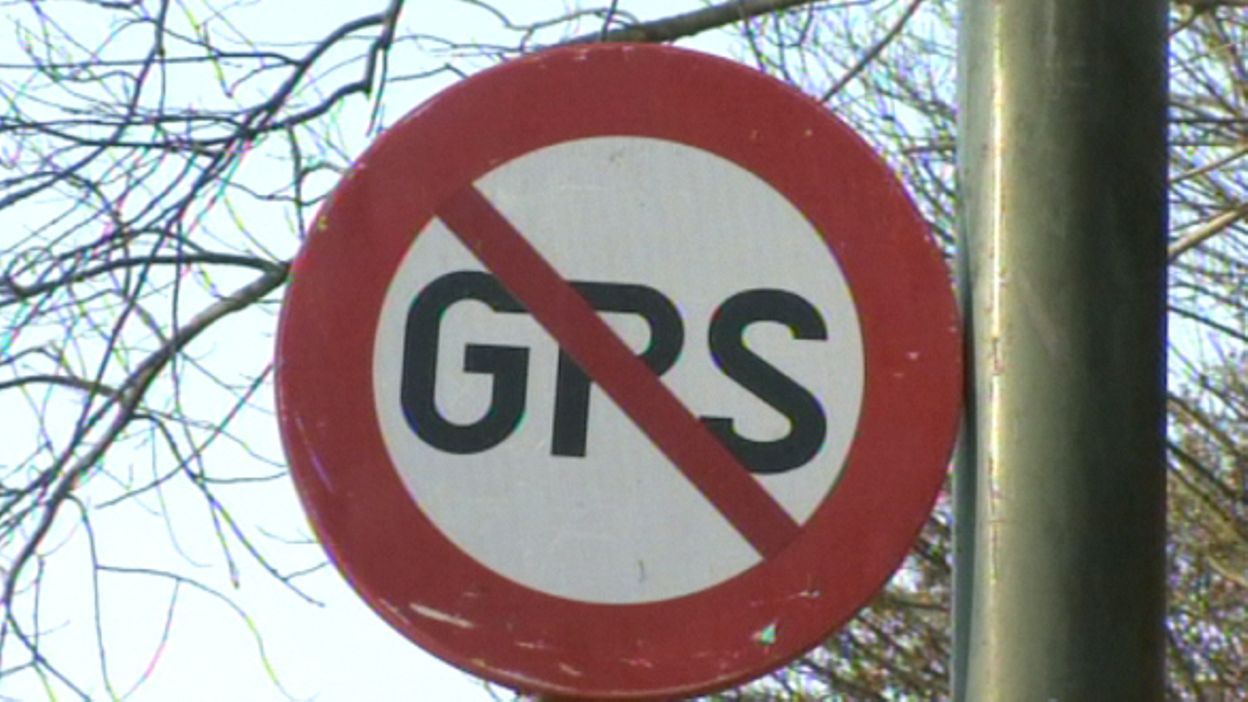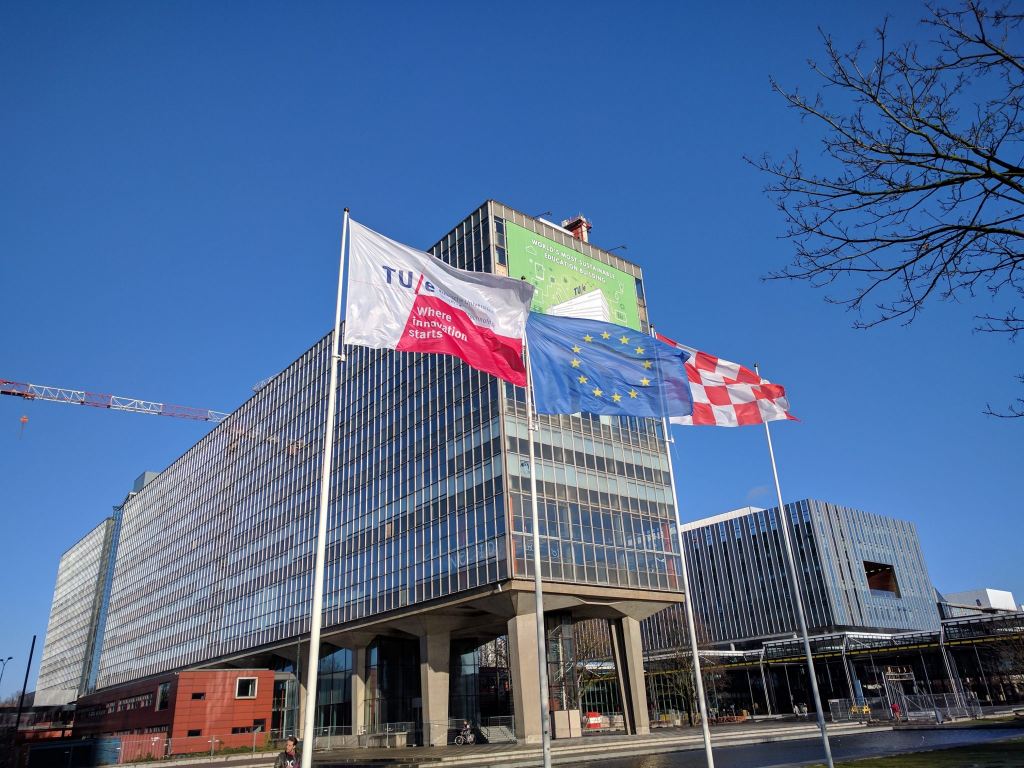
Making malaria drugs in the jungle? Paracetamol on Mars? Being able to produce medicines cheaply and everywhere, with sunlight as an energy source might become a reality very soon. Chemists from the Eindhoven University of Technology are presenting a “mini-reactor” that, similar to leaves in nature, absorbs sunlight and drives chemical reactions. As an ultimate demonstration, they succeeded in having the reactor actually produce two types of medicine, the antimalarial artemisinin and the antiparasitic drug ascaridole. In the magazine Angewandte Chemie, they describe how this reactor can be easily scaled up, can be used for a wide range of chemical reactions and maintains stable production under changing weather conditions. The technology, which has the potential to strongly green the pharmaceutical industry, therefore seems ready for commercial upscaling.
The reactor that the team led by Timothy Noel is now presenting is a refinement of the artificial leaf mini-reactor presented by the team in 2016. The prototype used nature as an example in overcoming the core obstacle of using solar energy to make chemical products, something scientists dreamed about for years. The problem is that the available sunlight generates too little energy to kick off reactions. The researchers succeeded thanks to a trick that they copied from leaves in nature. They designed very thin channels in so-called Luminescent Solar Concentrators (LSCs), a silicon rubber, much in the way veins run through a leaf.

Sunlight activates the molecules of the liquids running through the microchannels and starts a chemical reaction. The combination of confining light and the microchannels made the light intensity high enough for the reactions to take place. In 2018, the team announced they’d developed a mechanism to stabilise production, regardless of variations in direct sunlight. Their feedback system, which costs less than 10 euros, can speed or slow production to match variations in intensity.
In the reactor that the team now presents, the silicone rubber has been replaced by PMMA (Polymethyl methacrylate or Plexiglas). “This material is cheaper and easy to make in larger quantities. It also has a higher refractive index, so that the light stays better confined”, says Noël. “But the most important thing is that we can add more types of light-sensitive molecules in PMMA. As a result, in principle all chemical reactions are now possible in this reactor across the entire width of the visible light spectrum.”
In the publication in Angewandte Chemie, the researchers show the versatility of the reactor by completing various chemical reactions. Two of these comprise the production of a drug: the antimalarial artimesinin and ascaridole, a defense against parasitic worms. This makes the reactor ready for practice. For example, as a local medicine factory in places that are difficult to reach: malaria drugs in the jungle and even paracetamol on Mars are possible in theory. “With this reactor, you can make medicines wherever you want,” says Noel. “You only need sunlight and this mini-factory.”
The reactor has the potential to solve a dire problem for the pharmaceutical industry, namely the increasing pressure to produce in a sustainable way. The chemical reactions for producing drugs currently require toxic chemicals and a lot of energy in the form of fossil fuels. By using visible light the same reactions become sustainable, cheap and, in theory, countless times faster.
Noël: “There are hardly any obstacles to putting this technology in practice, except for the fact that it only works during daylight. Artificial leaves are perfectly scalable; anywhere the sun is, it works. The reactors can be easily scaled, and its inexpensive and self-powered nature makes them ideally suited for the cost-effective production of chemicals with solar light. I am therefore very positive that we should be able to run a commercial trial of this technology within a year. All this would require is a partnership with a pharmaceutical company that is interested.”








